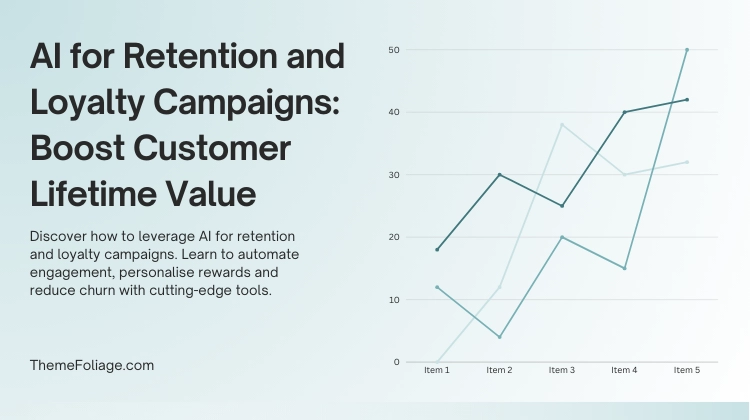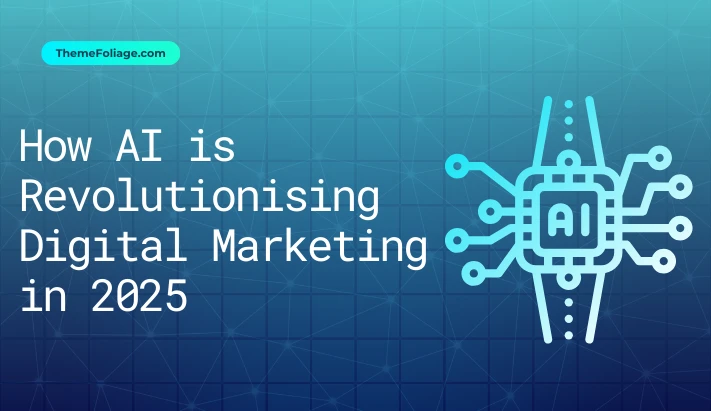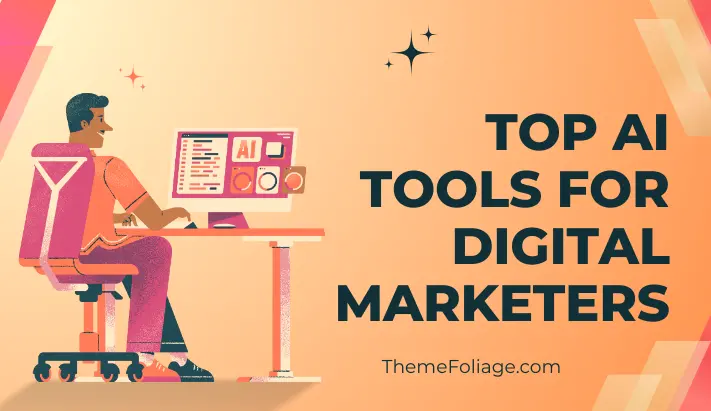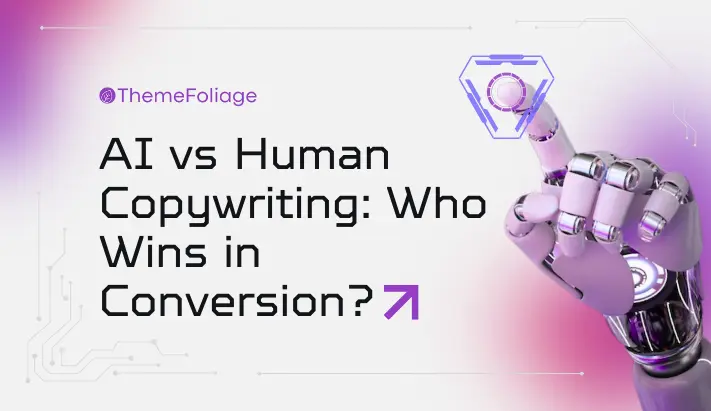Keeping a customer is often more profitable than acquiring a new one. In 2025, brands that succeed will be those using artificial intelligence to transform retention and loyalty programmes into dynamic, personalised experiences.
By harnessing predictive analytics, machine learning and automated workflows, AI for retention and loyalty campaigns delivers higher lifetime value, increased repeat purchases and stronger brand advocacy.
This article explores why customer loyalty matters more than ever, how AI is redefining retention strategies, the top tools to implement, step-by-step guidance and potential challenges to navigate.
Why Retention and Loyalty Matter
The cost of acquiring a new customer is five times that of retaining an existing one. Yet many businesses focus their budgets on traffic acquisition rather than maximising value from their current base.
According to industry research, increasing customer retention rates by just 5 per cent can boost profits by 25–95 per cent. Loyal customers also spend up to 67 per cent more and are four times more likely to refer friends.
Despite these numbers, traditional loyalty programmes—points and tiered discounts—often fall flat due to generic rewards and poor personalisation.
Consumers now expect brands to understand their preferences, interact in real time and offer meaningful incentives.
Artificial intelligence bridges this gap by using data at scale to predict churn, tailor rewards and automate personalised outreach.
Core Applications of AI in Retention and Loyalty Campaigns
Predictive Churn Modelling:
AI models analyse behavioural data—purchase frequency, site visits, email engagement—and flag customers at high risk of churn. Tools such as Optimove (from $500/month) and MadKudu (from $800/month) assign each customer a churn probability score.
Marketing teams can then trigger tailored re-engagement campaigns such as discount offers or personalised product recommendations, only for those who truly need them.
Hyper-Personalised Rewards:
Platforms like Dynamic Yield (custom pricing) and Bloomreach (from $250/month) use machine learning to determine which rewards drive the most engagement.
By analysing past redemption patterns and segment behaviour, AI can suggest individual incentives—free shipping for one segment, bonus points for another to maximise ROI. “Members who receive rewards tailored to their preferences spend 4.3 times more each year,” reports industry data.
Automated Loyalty Journeys:
AI-powered automation engines such as Braze (custom pricing) and Klaviyo (from $45/month) enable brands to build sophisticated loyalty journeys.
A welcome series might include an introductory discount, followed by a birthday reward and an anniversary offer.
Each step adapts based on customer interaction. If a user ignores the birthday email, the system can automate a follow-up SMS reminder.
Sentiment Analysis and Feedback Loop:
Understanding customer sentiment in reviews and social mentions is critical. AI tools like Sprout Social (from $99/month) and Reputation.com (from $200/month) employ natural language processing to detect satisfaction or frustration.
Negative feedback can automatically generate a high-priority support ticket or an apology email, while positive mentions can trigger requests for referrals or reviews.
Real-Time Engagement with Conversational AI:
Chatbots and virtual assistants powered by AI, such as Drift (from $50/month) and Intercom (from $39/month), engage customers on-site or via messaging apps.
They can answer common queries, suggest products and even issue loyalty points. Real-time interaction not only resolves support issues but also keeps customers engaged within the brand ecosystem.
Omnichannel Orchestration:
AI unifies data from email, mobile push, SMS and in-app notifications into a single customer profile. Platforms like Salesforce Einstein (from $25/user per month) and Adobe Sensei (custom pricing) coordinate loyalty messages across channels, ensuring consistent timing and content. This prevents message fatigue and reinforces the brand narrative wherever the customer interacts.
Top AI Tools for Retention and Loyalty Campaigns
| Tool | Function | Pricing (USD) |
|---|---|---|
| Optimove | Predictive churn scoring | From $500/month |
| MadKudu | Lead and retention scoring | From $800/month |
| Dynamic Yield | Personalised rewards engine | Custom pricing |
| Bloomreach | AI-driven content personalisation | From $250/month |
| Braze | Loyalty journey automation | Custom pricing |
| Sprout Social | Sentiment analysis and social CRM | From $99/month |
| Klaviyo | Behavioural email and SMS sequences | From $45/month |
| Drift | Conversational AI and chatbots | From $50/month |
| Intercom | Customer messaging platform | From $39/month |
| Salesforce Einstein | CRM personalisation and insights | From $25/user/month |
Implementing Your AI-Driven Loyalty System
- Audit and Centralise Data: Consolidate customer data from CRM, e-commerce platform and support systems into a single repository or CDP. Data quality underpins AI accuracy.
- Define Key Metrics and Segments: Establish clear KPIs—churn rate reduction, repeat purchase rate, average order value. Use AI to discover high-value segments and latent clusters.
- Pilot Predictive Models: Run churn prediction on a subset of customers. Validate accuracy against historical outcomes before scaling to your full base.
- Design Personalised Campaigns: Build loyalty journeys with branching logic. Test various reward types—discounts, exclusive access, experiential perks—to determine which resonate with each segment.
- Automate Workflows: Configure triggers in your AI platform to launch campaigns based on behavioural or sentiment signals. Monitor real-time performance dashboards.
- Continuously Optimise: Use AI insights to refine models and campaigns. Introduce A/B tests for reward offers, email subject lines and chatbot scripts. Let the system learn and adapt.
Challenges and Considerations
- Data Privacy and Compliance: Handling sensitive customer data demands strict adherence to GDPR, CCPA and other regulations. Ensure transparent consent and robust security measures.
- Avoiding Over-Personalisation: Excessive targeting can feel intrusive. Maintain a balance between relevance and privacy by limiting message frequency and providing opt-out options.
- Integration Complexity: Connecting multiple systems—CRM, CMS, e-commerce, loyalty platform—may require technical resources. Choose solutions with native integrations or robust APIs.
- Human Oversight: AI automates at scale but does not replace human creativity. Review campaign outputs regularly to preserve brand voice and emotional authenticity.
Final Thoughts
AI for retention and loyalty campaigns is no longer a nice-to-have—it is essential for brands seeking sustainable growth in 2025.
By predicting churn, personalising rewards and automating customer journeys, AI empowers marketing teams to transform casual buyers into loyal advocates.
Start by auditing your data, piloting predictive models and designing personalised experiences. As you iterate, you will uncover the most effective strategies to boost lifetime value and drive long-term profitability.



